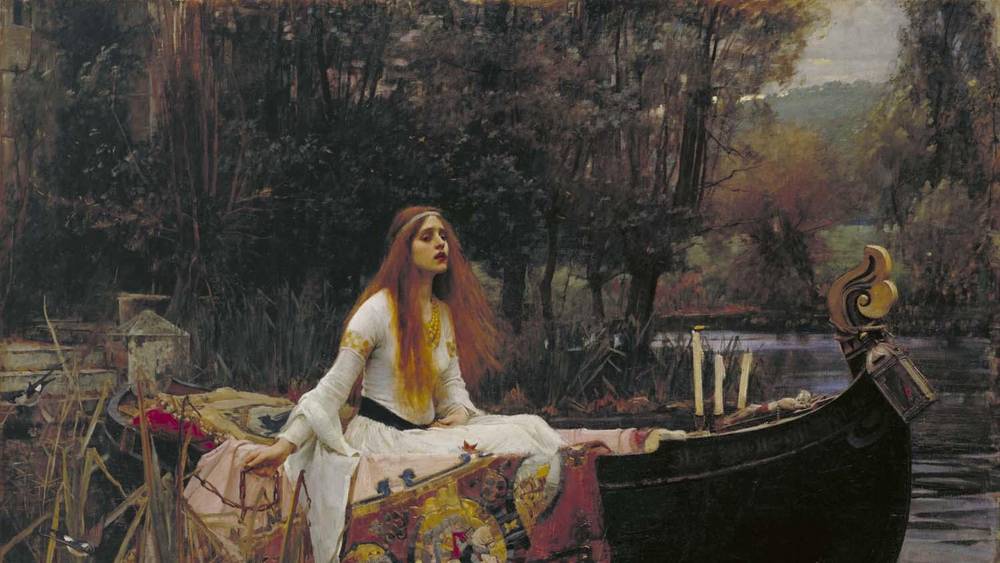Series examining the Pre-Raphaelite Brotherhood, who brought notoriety to British art in the 19th century, bursting into the spotlight in 1848 and shocking their peers with a new kind of radical art.
Pre-Raphaelites part 1
The opening programme explores the origins of the Brotherhood and their initial achievements, and looks at some of their key early works, the hostile criticism they faced and the centuries of academic dogma their paintings overturned.
Pre-Raphaelites part 2
This second part looks at how they continued by transforming landscape painting with a microscopic examination of the natural world, some ten years before the French Impressionists.
Pre-Raphaelites part 3
The final part looks at how the Pre-Raphaelites had outgrown the avant-garde in their later years and began to embrace fame and fortune with art designed to please the masses. In so doing, they attained riches and celebrity and became the forefathers of the commercial modern artist.
The Pre-Raphaelite Brotherhood was a group of English painters, poets, and art critics, founded in 1848 by William Holman Hunt, John Everett Millais and Dante Gabriel Rossetti. The three founders were joined by William Michael Rossetti, James Collinson, Frederic George Stephens and Thomas Woolner to form the seven-member “brotherhood”. Their principles were shared by other artists, including Ford Madox Brown, Arthur Hughes and Marie Spartali Stillman. A later, medievalising strain inspired by Rossetti included Edward Burne-Jones and extended into the twentieth century with artists such as John William Waterhouse.
The group’s intention was to reform art by rejecting what it considered the mechanistic approach first adopted by Mannerist artists who succeeded Raphael and Michelangelo. Its members believed the Classical poses and elegant compositions of Raphael in particular had been a corrupting influence on the academic teaching of art, hence the name “Pre-Raphaelite”. In particular, the group objected to the influence of Sir Joshua Reynolds, founder of the English Royal Academy of Arts, whom they called “Sir Sloshua”. To the Pre-Raphaelites, according to William Michael Rossetti, “sloshy” meant “anything lax or scamped in the process of painting … and hence … any thing or person of a commonplace or conventional kind”. The brotherhood sought a return to the abundant detail, intense colours and complex compositions of Quattrocento Italian art. The group associated their work with John Ruskin, an English critic whose influences were driven by his religious background.




